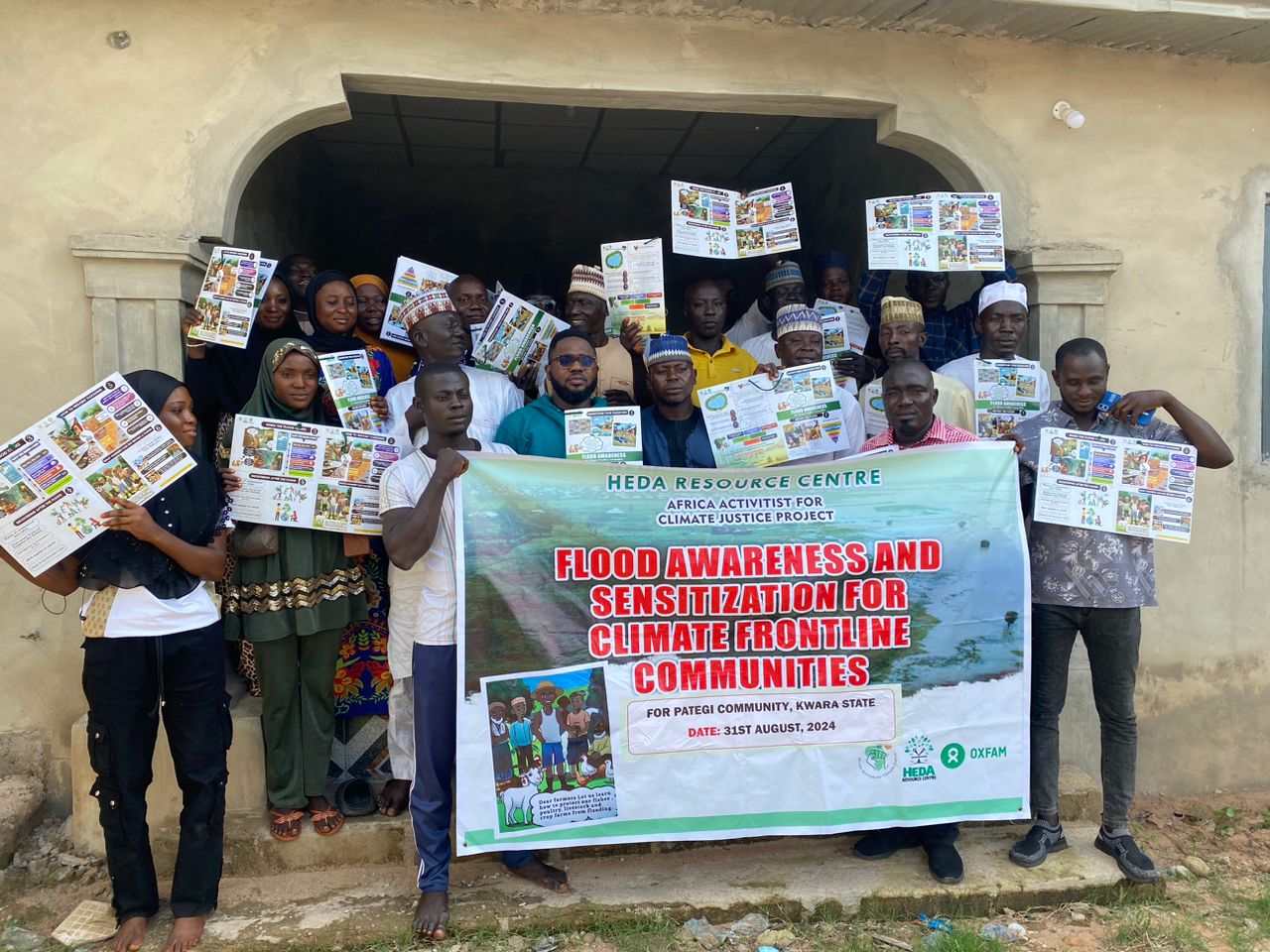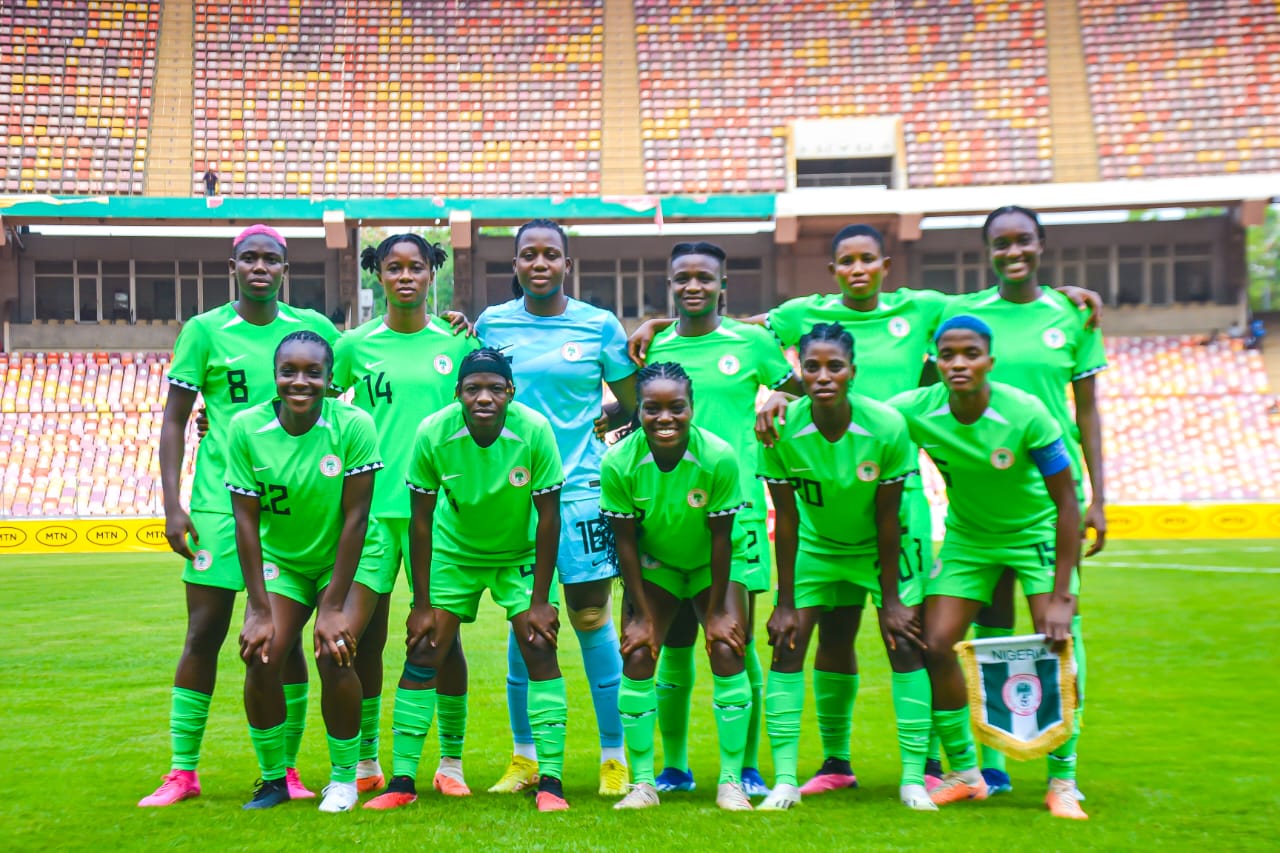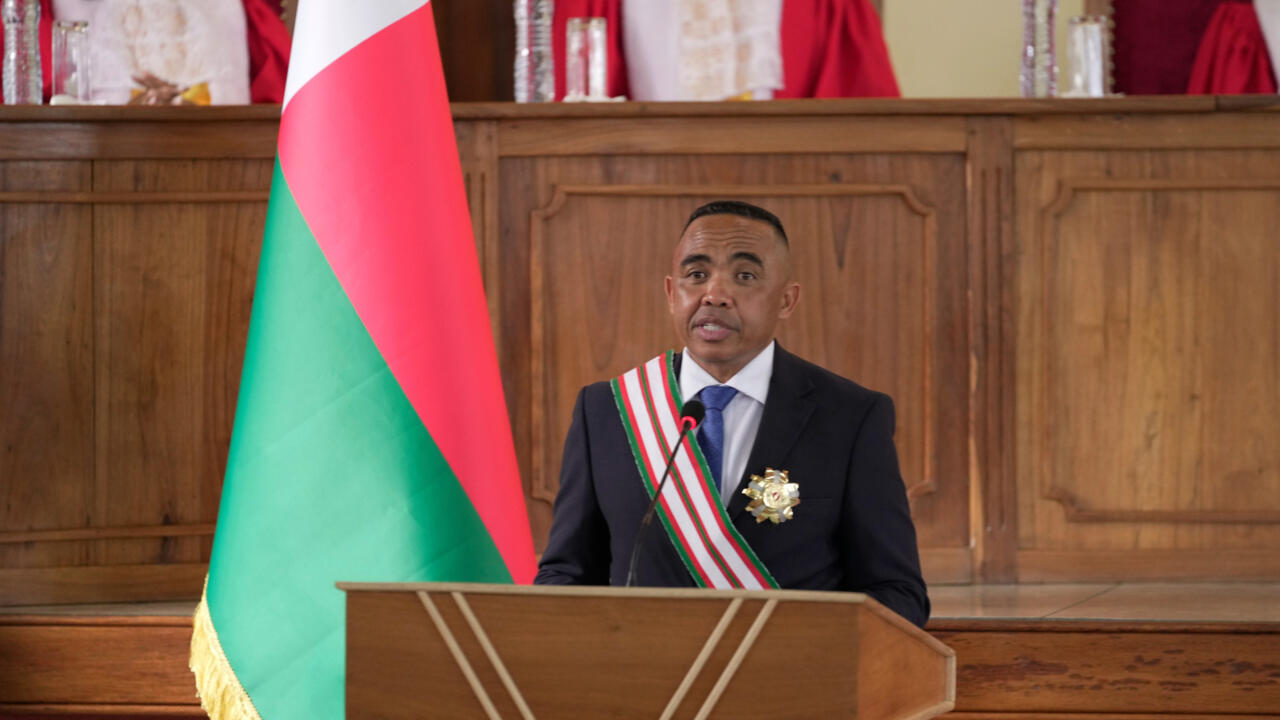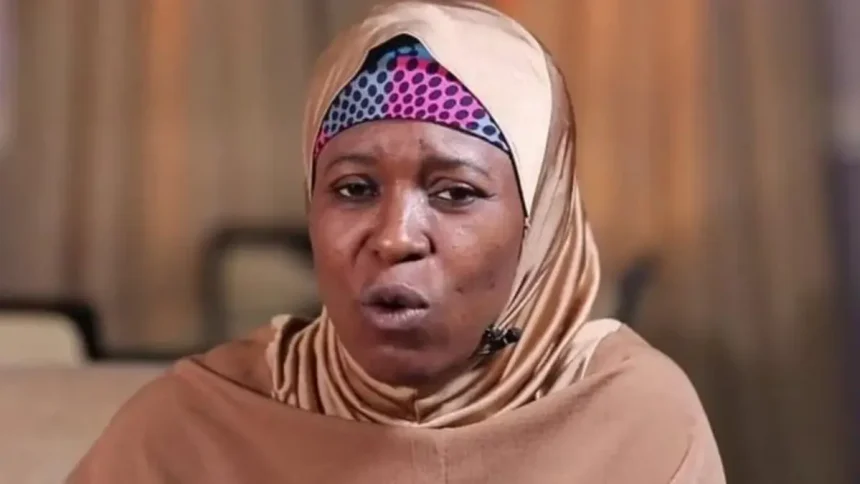- Educates farmers, residents on community-driven strategies, before, during and after flood
As flood begins to ravage communities across states in Nigeria, the HEDA Resource Centre has stressed the need for communities to identify flood prone areas, recognize warning signs, and move valuables to higher grounds.
The organization also charged them to monitor weather forecasts, heed warning from authorities and prepare shelters and zones for displaced personnel.
Local partner with HEDA Resource Centre and Chief Executive Officer, Tru-ORGANIC Initiative, Olaide Olawuwo, gave the charge at the weekend, while addressing farmers at the flood awareness and sensitization for climate frontline communities in Kwara state.
The flood prone communities include Kaiama, Pategi and Edu local government areas of the North Central state.
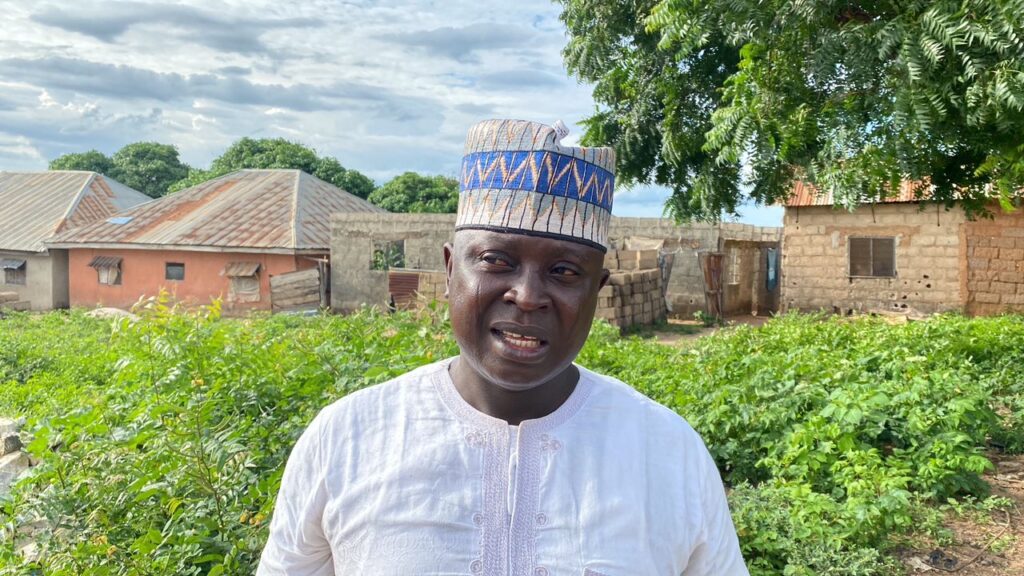

The campaign, part of the African Activists for Climate Justice Project in partnership with Oxfam and funded by the Ministry of foreign affairs of the Netherlands, aims to strengthen adaptive capacities of vulnerable communities against climate change impacts particularly diverse floods.
The intervention is also part of HEDA’s broader effort to bolster flood resilience in some of Nigeria’s most vulnerable regions.
The Nigerian Hydrological Services Agency (NIHSA) 2024 Flood Outlook had identified 44 Local Government Areas across 19 states as high-risk flood zones during the October-November period.
Among these are Edu and Pategi in Kwara State, where erratic rainfall patterns, river basin dynamics, and inadequate hydraulic infrastructure have left communities particularly susceptible to severe flooding.
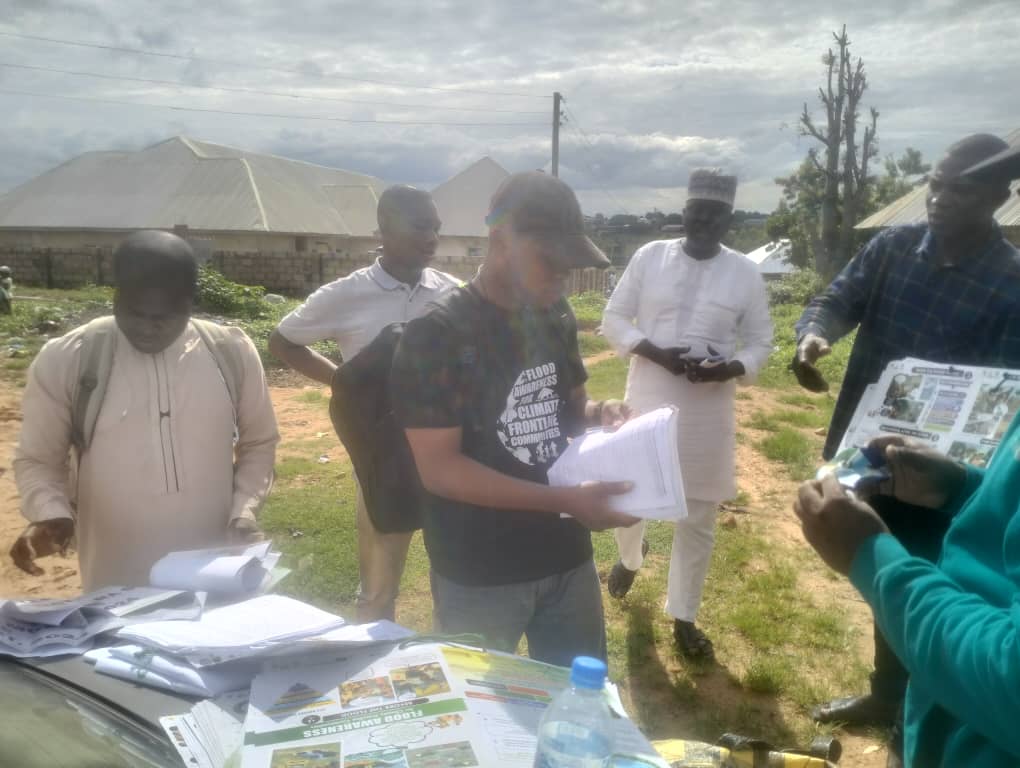
Addressing farmers in Pategi, Olawuwo noted that the sensitization becomes expedient following the havoc wrecked on communities by flood annually and the failure to prepare for the disaster.
Each year, we experience flooding essentially in the low-land areas. This comes with the presence of rising water, coastal flood and flash floods during the raining season.
This year already, we are aware that in some states like Jigawa, flooding has already started. So, it’s essential for us to know how best to handle the challenge so that we don’t suffer the loss every year.
This informed why partners came together to see how people in the low-land areas can be sensitized so they know the risk involved and how to leverage on information from NIMET as well as other relevant agencies to identify and prepare for it.
Here in Patigi, their major occupation is rice, soya and maize farming. It is now essential for us to sensitize the farmers on how to move from the low land as flood approaches, to avoid loss of lives and properties, even though most times, the farms are affected.
Similarly in Edu LGA, the HEDA team engaged with the Lafiagi community, bringing together local leaders and residents for an in-depth discussion on flood risk and preparedness.
One of the facilitators and Programme officers under the environmental justice and sustainable development, HEDA Resource Centre, Mayowa Shobo, explained that the communities experience annual flooding because they share boundary with River Niger which exposes them to water disaster.
Emphasizing the crucial role of early warning systems, Shobo underscored the importance of timely information and community-driven disaster response strategies.
The dialogue highlighted the need for communities to be well-informed and ready to act, particularly during the high-risk October-November period.

While responding to concerns raised by community members on how they could receive timely information on impending floods, another facilitator, Azeez Salawu, explained that through HEDA’s partnerships with organizations like NIHSA and the Nigerian Meteorological Agency (NiMet), they are able to access critical data and ensure that it reaches the most vulnerable communities.
These relationships, he said allows HEDA to deliver timely warnings and actionable information, enabling communities to prepare adequately and reduce the potential impact of floods.
Salawu added that the materials provided for the communities will enable them learn more on community-led initiatives, sustainable practices, and support systems to enhance flood preparedness and recovery.
One of the farmers, Mr Liman Mohammed, said the sensitization has helped them to know about flood risk management and climate resilience.
“We cultivate rice, maize and guinea corn, but our major produce is rice because we have about seven thousand hectares of land across the three districts in Patigi, with rice plantations.
“For the last four years now, the flood has been massive, destroying our farmlands, houses and other valuables.
“Last year, the loss was huge for us. But, we thank God because the federal government supported us through NEMA, bringing in relief materials as well as fertilizer for us to commence dry season farming after the flood. But now, we know how not to be caught off guard.
“As we speak, those of us at riverine areas are aware that we need to prepare to vacate the areas as we await the flood,” he said.
Another farmer, Mrs Janet Jiril Usa who lamented that the flooding is an annual occurrence, appealed to the government for production of seedlings and other supports because of the huge cost required for rice cultivation.
“This didn’t just start now, every year, the flood comes and washes all our produce away. Unfortunately, one of our biggest challenges is raising enough capital to reinvest.
“So, we need more support from the government. For instance, it could be supply of seedlings to replant or even the chemicals that we use. We don’t get this assistance all the time.”

